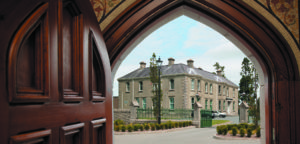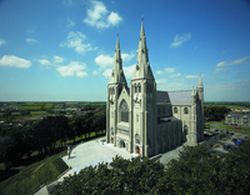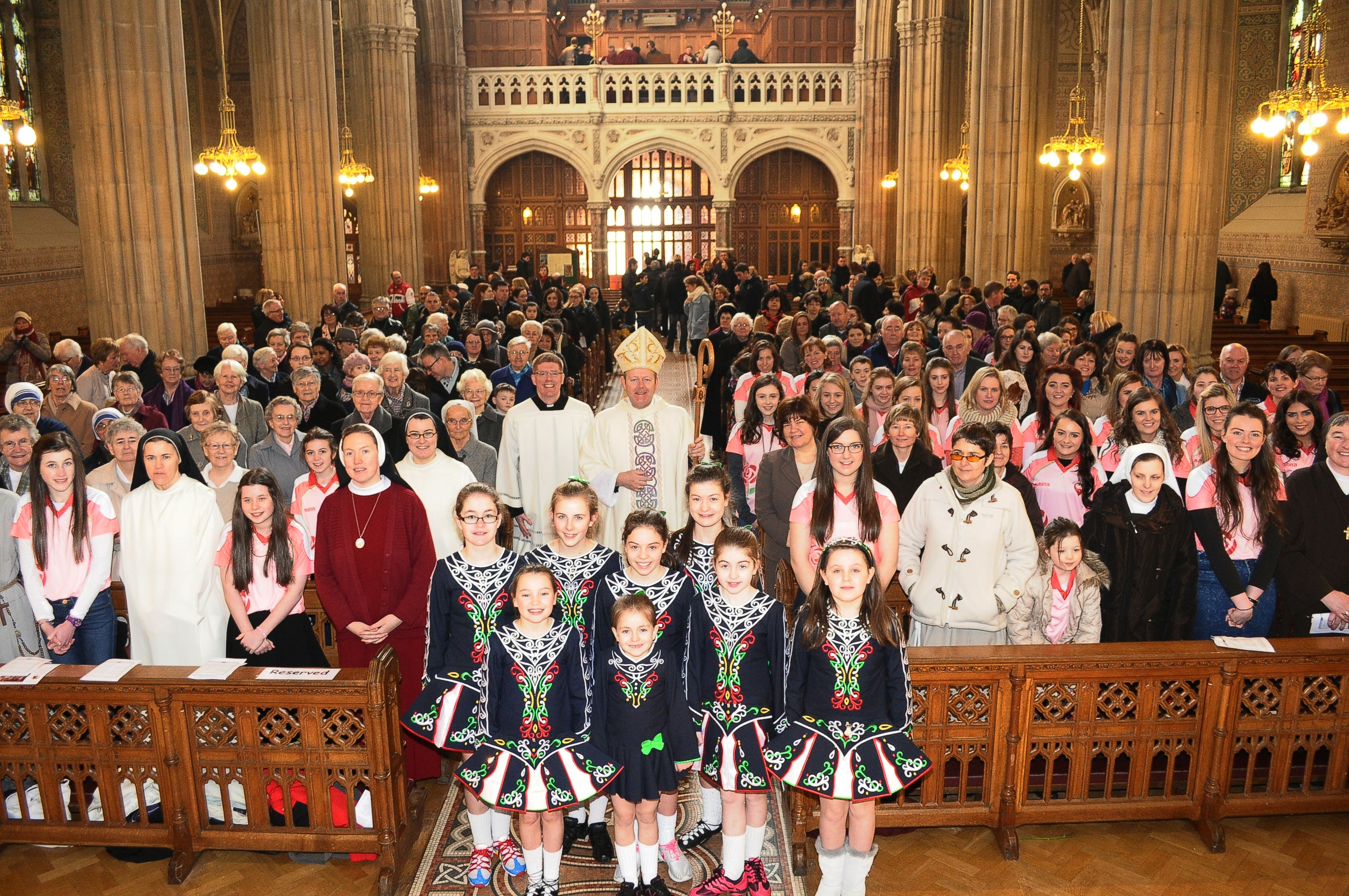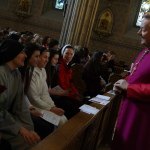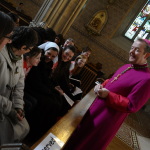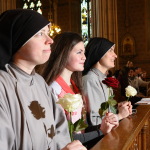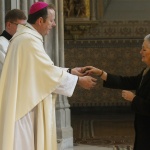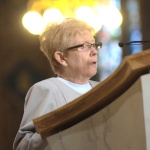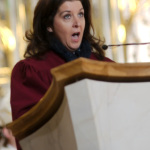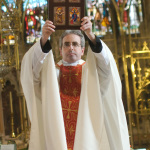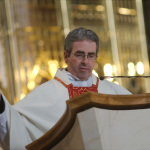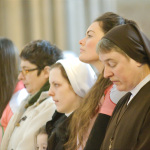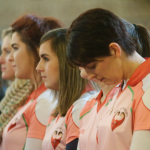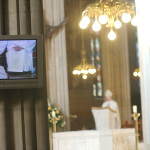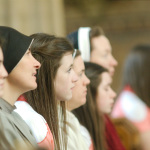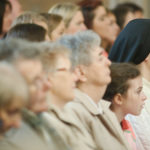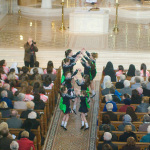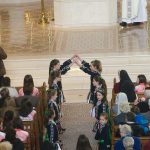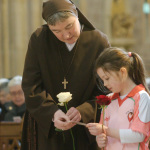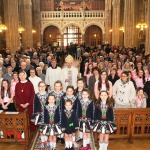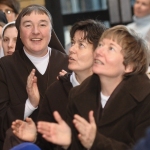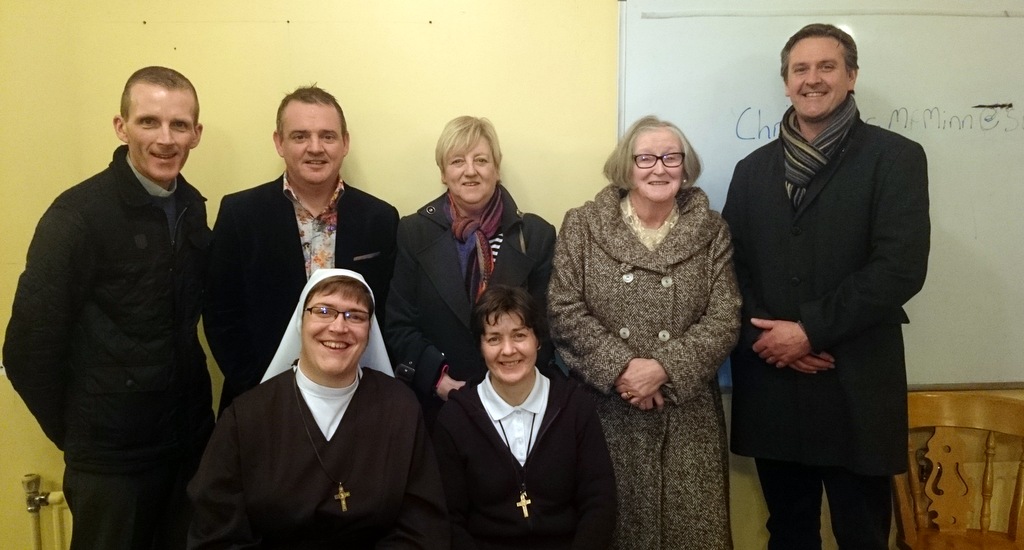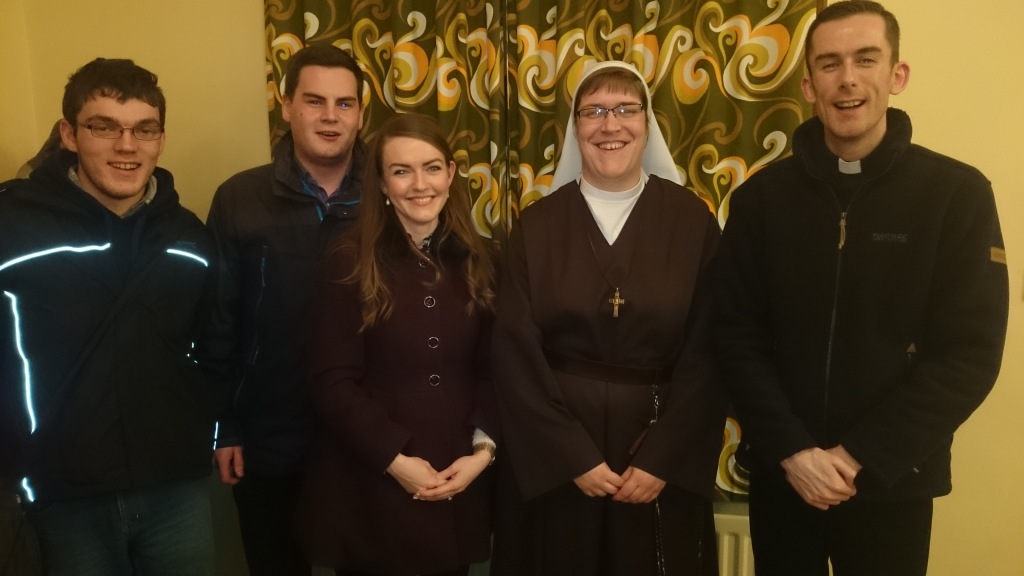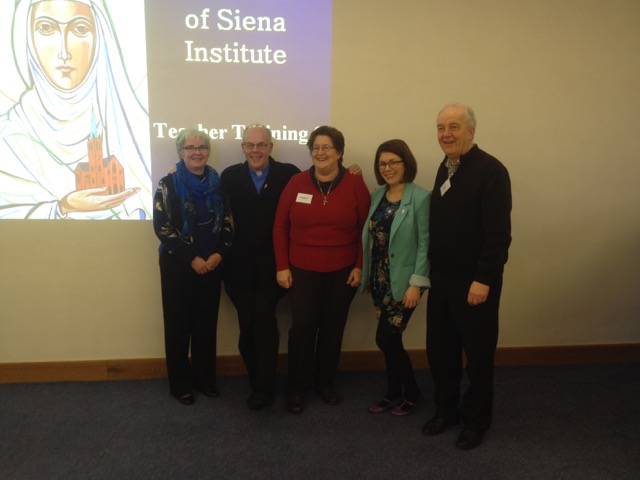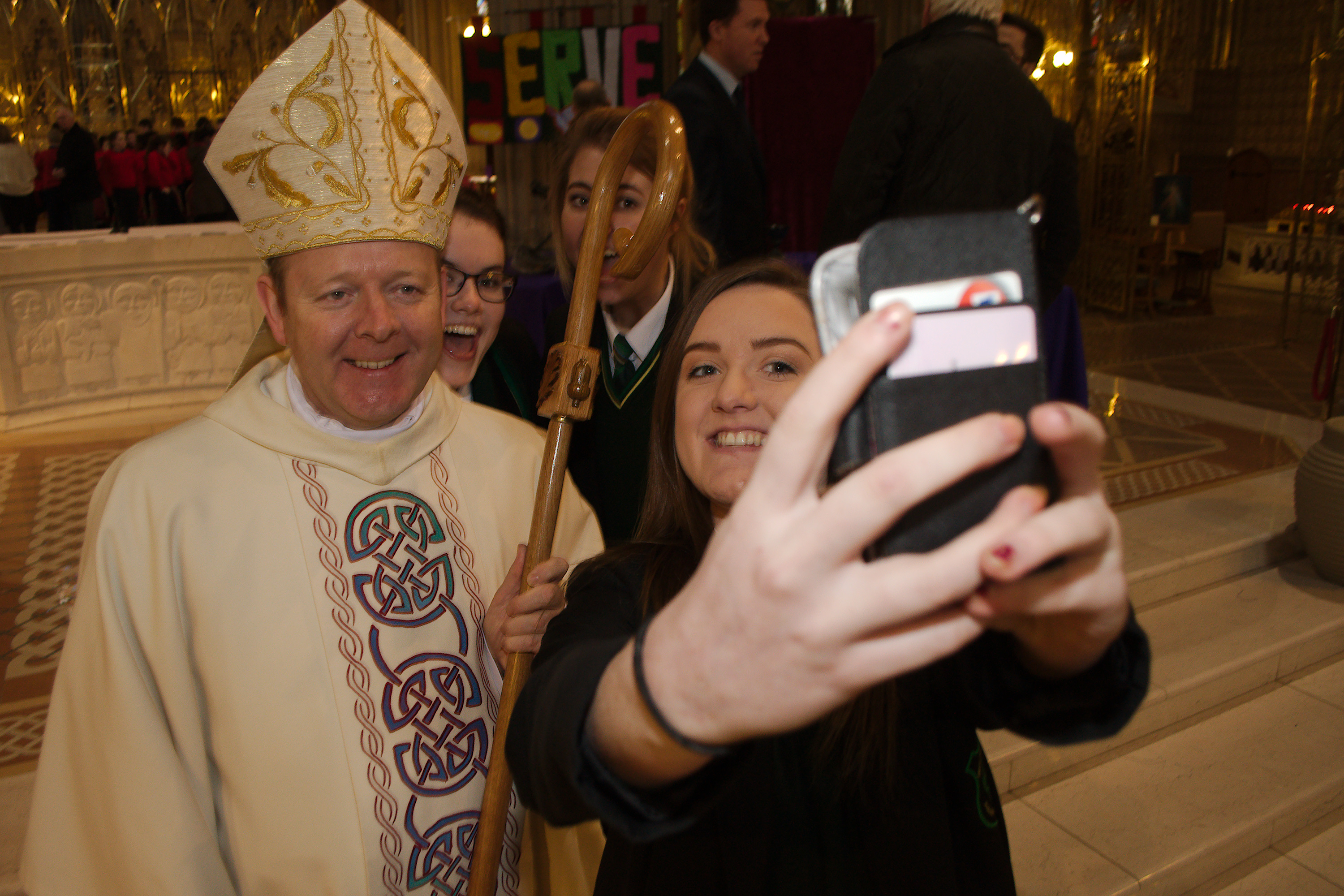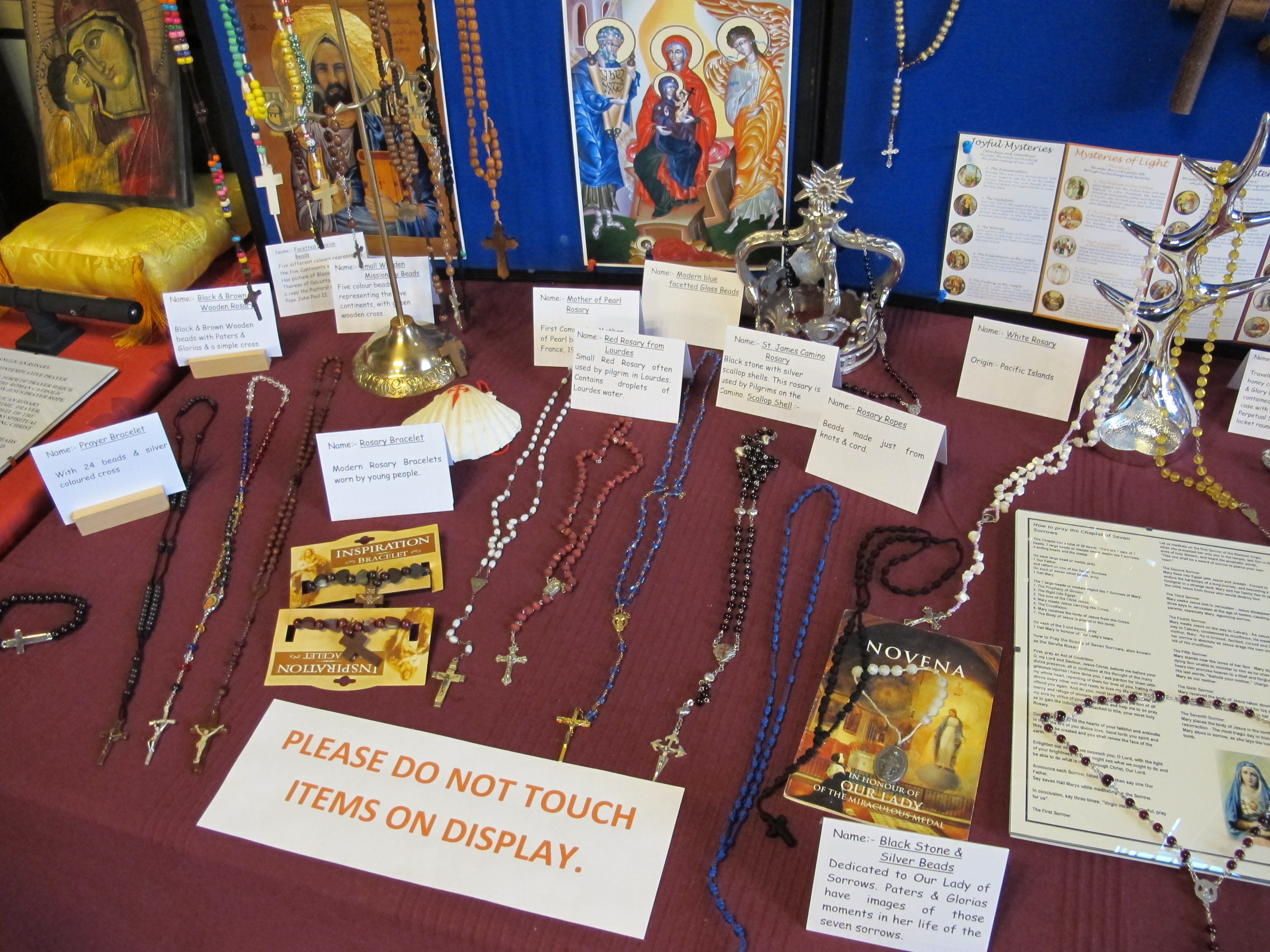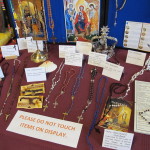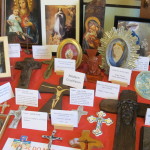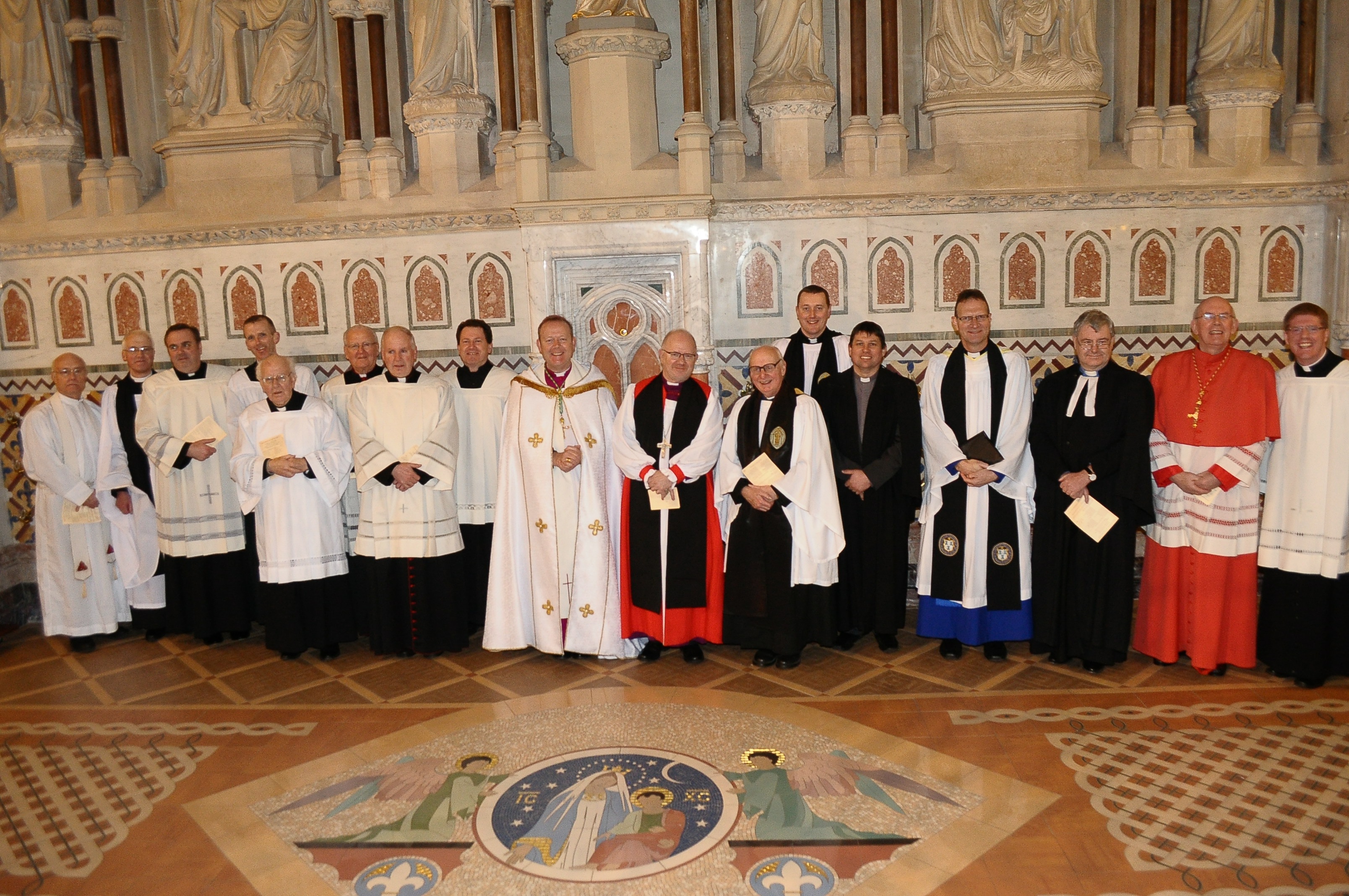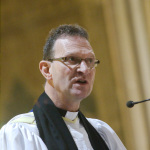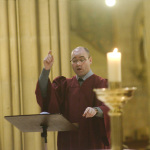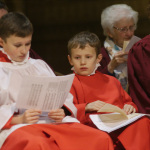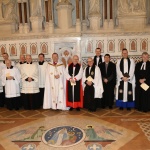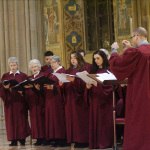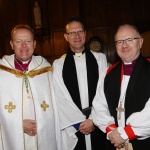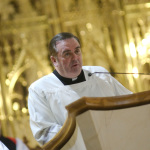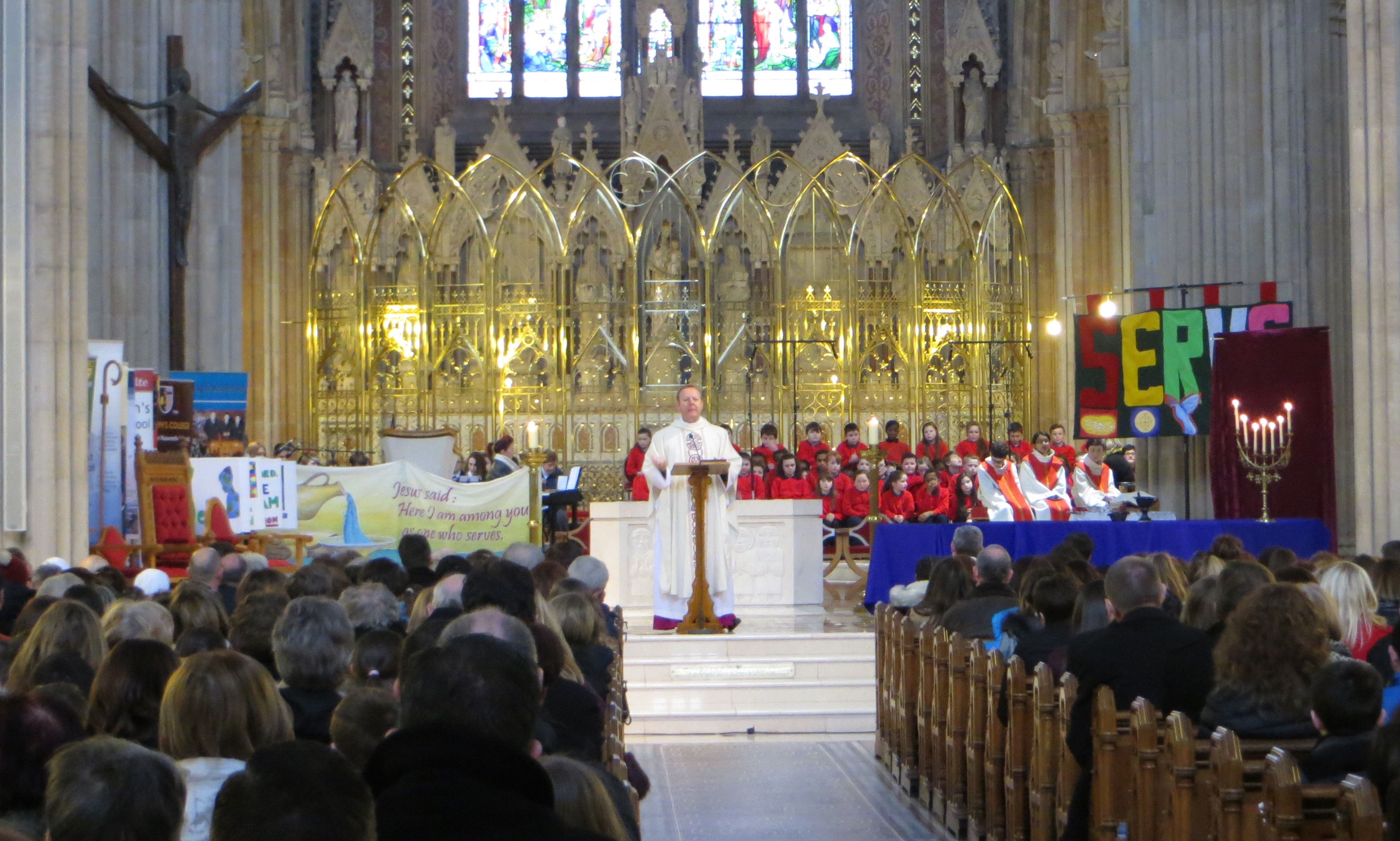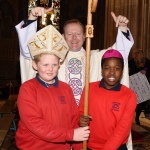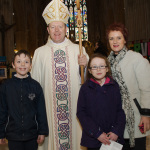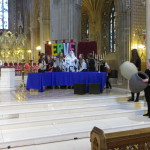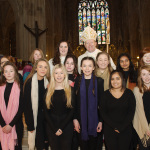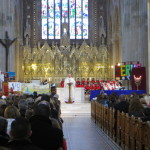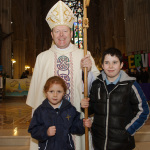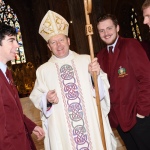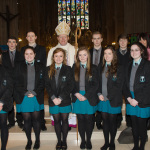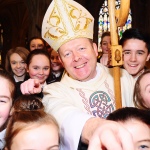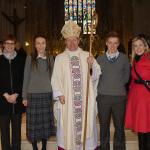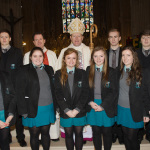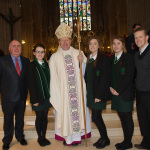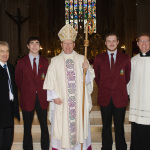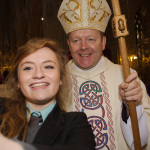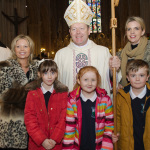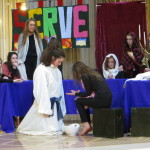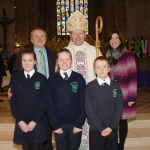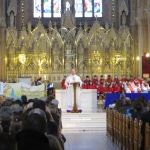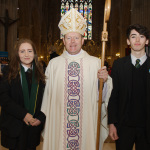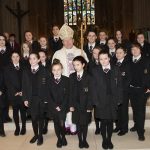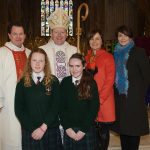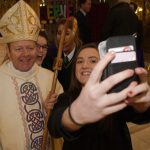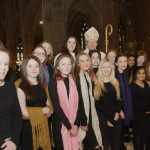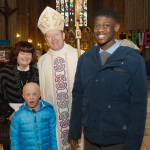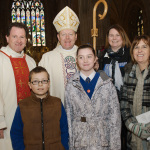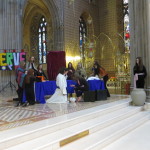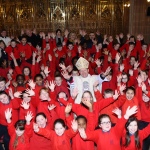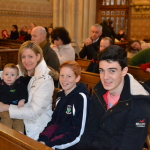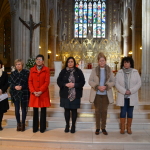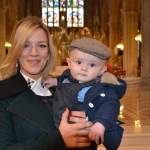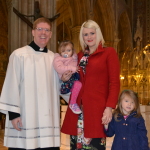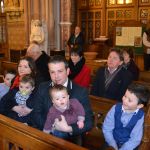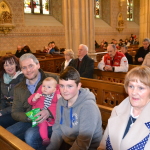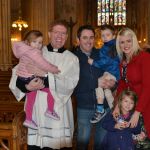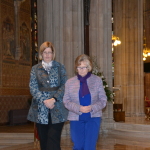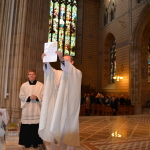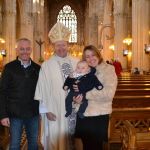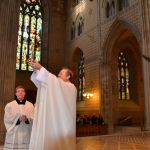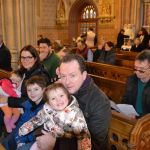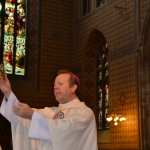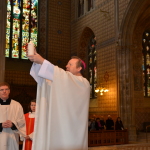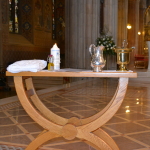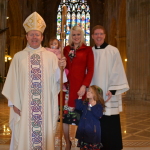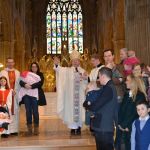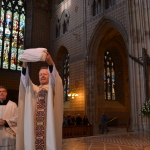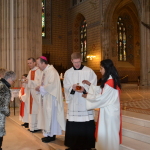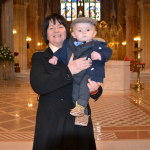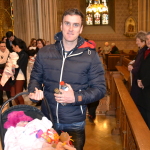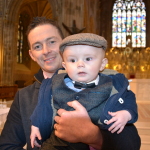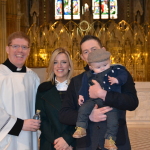“Wake up the World!”
Pastoral Letter for the Year of Consecrated Life
Archbishop Eamon Martin
Sunday 1st February 2015
“Wake up the World!” – Pope Francis certainly has a way with words! His now-famous rallying call for the Year of Consecrated Life has reverberated around the globe since he announced that 2015 would be a year of prayer and thanksgiving for women and men who live a vocation to the religious life. ‘I am counting on you to “wake up the world”, he told them.
This weekend marks the launch of the Year of Consecrated Life in the Archdiocese of Armagh. February 1st has long been associated with St Brigid – Ireland’s most famous consecrated woman. I am honoured to be joined in the Cathedral today by women and men from all over the Archdiocese who have chosen to consecrate their lives to God as members of various religious congregations. We are blessed to have many religious sisters, brothers and priests living in the Archdiocese. They belong to fifteen female, and nine male religious congregations, some of which have been ministering here for hundreds of years. Their particular apostolates and charisms include education, healthcare, prison chaplaincy, working with the marginalised and forgotten, inter-Church work, care of the elderly and helping those with special needs. Many of our religious are actively engaged in pastoral ministry; others dedicate their days to prayer and contemplation. Despite their various expressions of the consecrated life, our sisters and brothers are united in pointing us to God by the way they dedicate their whole lives to the Lord. We praise and thank God for their witness among us. During this ‘Year’ I encourage all our parishes to consider holding some special event to celebrate and give thanks for Consecrated Life.
“I am counting on you to ‘wake up the world'”. Pope Francis is forever urging Christians to be people of joy, not prophets of doom. St Brigid’s Day is sometimes associated with the coming of spring. We look forward with great hope to a new spring-time for the faith and for Consecrated Life in Ireland. St Brigid and the other holy founders of religious communities in Ireland were the courageous witnesses of their generations. Many of them lived through times of great trial and persecution, but they remained steadfast in hope and in their desire to share their love for Jesus with others. Today, we too face many obstacles, but these obstacles need not rob us of our joy and hope.
St Brigid was renowned for her hospitality and her charity towards the poor. Her communities lived in a communion of love with Christ and with one another. Pope Francis challenges consecrated women and men to be “experts in communion: – to offer a concrete model of community which, by acknowledging the dignity of each person and sharing our respective gifts, makes it possible to live as brothers and sisters”. Those who live the Gospel in this way radiate a joy that can only come from God, a joy that is attractive to those around them. People in St Brigid’s time were attracted by her joy. Many families were attracted to share in her community because she not only prayed with her lips – her whole life was a prayer.
In thanking God for the prayer and witness of nuns, brothers and priests among us, we also give thanks for their families. It is fitting that the Synod on Marriage and the Family will take place during the Year of Consecrated Life. Let us thank God for families who have sown and nurtured seeds of faith in their children and in their parishes. There would be no vocations if it was not for the silent sacrifices and devoted love and faith of mothers and fathers, the unconditional support of siblings and the generous encouragement of neighbours and friends. We pray this year that God will inspire more of our sons and daughters to answer the call to serve Him in the Consecrated Life and the Priesthood. May our parishes and families continue to foster a love for Jesus in the hearts of their children and may this love bear fruit in many young people desiring to consecrate their lives to God.
We must not be disheartened by the ageing population of our religious communities in Ireland. Tomorrow, 2nd February, is the Feast of the Presentation of our Lord. Pope Benedict described this moment as the “meeting point of the two testaments: Old and New”. We have a young couple, Mary and Joseph, and the aged Simeon and Anna brought together in a joyful encounter with Jesus. Today I am joined in the Cathedral by members of the ‘Rise of the Roses’ Team. These young women are filled with a desire to celebrate Religious Life in Ireland. Young people, like the ‘Rise of the Roses’ Team, are interested in hearing the stories of sisters, brothers and priests from their parishes who chose the Religious Life. They are curious to know why someone who was once their age chose to give their whole lives to God.
May the Holy Spirit ‘fall afresh on us’ during this Year of Consecrated Life, blowing where God wills through our parishes, convents, monasteries and religious houses. Let the winds of the Holy Spirit inspire consecrated women and men to ‘wake up the world’. Perhaps the Holy Spirit has new plans for Consecrated Life in Ireland. We must be open to this, asking ourselves what are the charisms and apostolates that the Spirit desires for the renewal of faith in Ireland. I am confident that this renewal will be nourished and multiplied by the prayers and witness of consecrated women and men. Religious congregations – some old, some new- will continue to quietly inspire the people of Ireland by selfless lives of poverty, chastity and obedience, offering a humble, yet powerful, counter-witness to the emptiness that so often surrounds us. If we are to ‘wake up the world’, there is much work to be done, but we need not fear. “With God all things are possible”. With joy and love in our hearts we will find ways of singing a new song to the Lord and “bringing the newness of the Gospel” to all our people.
+ Eamon
P.S. I recommend that the following prayer be said at all Masses in the Archdiocese from 1 February 2015 to 2 February 2016. It is suitable as a Prayer of the Faithful or as a short Prayer after Communion.
Prayer for the Year of Consecrated Life
O God we thank you for the witness of those among us who have chosen a vocation to the consecrated life.
Continue to inspire some of our sons and daughters to serve you as religious sisters, brothers or priests.
Show us your plans for the renewal of faith in Ireland and give us all the grace we need to help wake up the world to your love.
Amen.
Credit: LiamMcArdle.com for the photos

